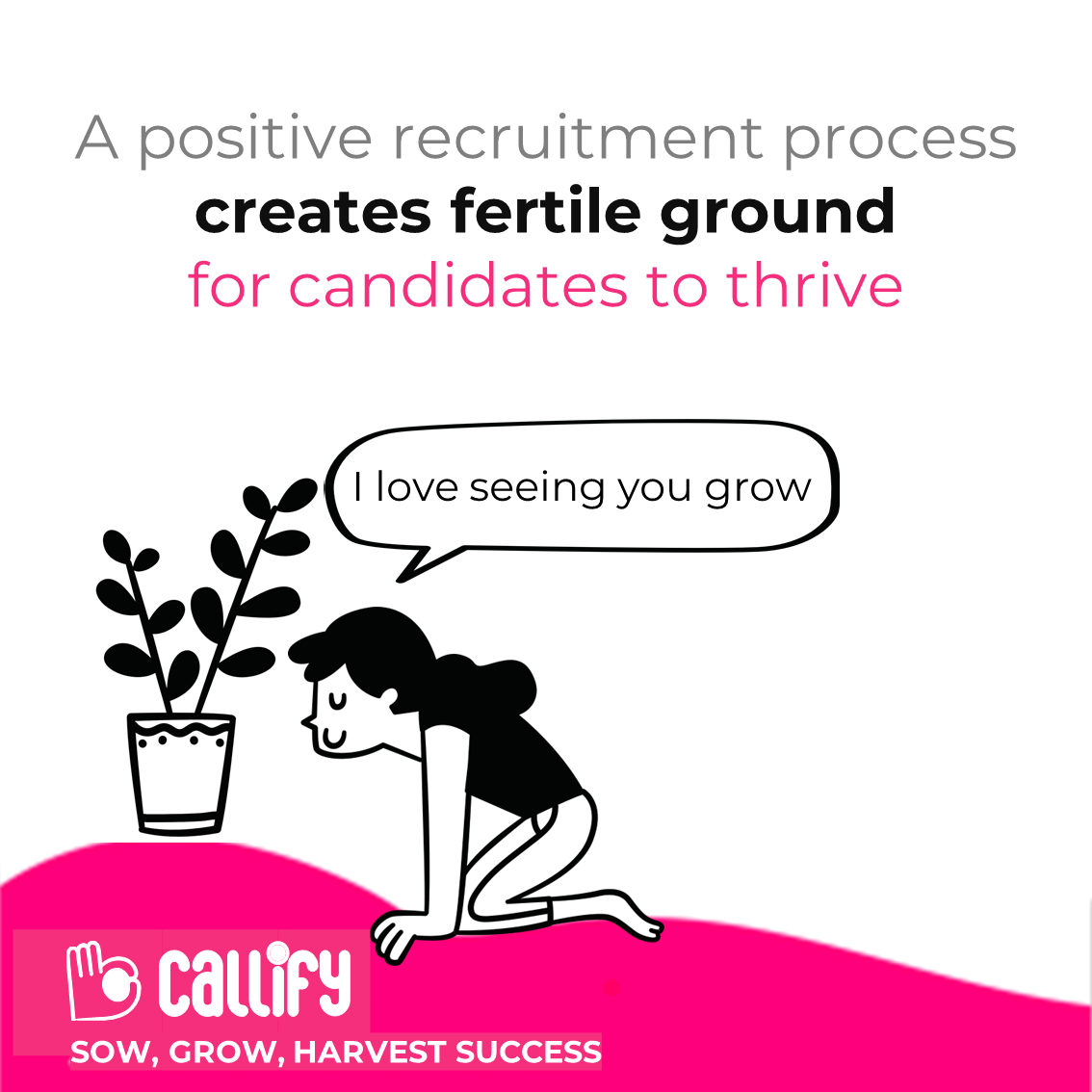Your Recruitment Automation Strategy is All Wrong
HR tech received a great deal of cheering from the crowds when it made its entry into the enterprise. While most HR departments embraced it with enthusiasm, the initial tech experience was less than optimal – arbitrary questionnaires, impersonally sorted applicants, and a recruitment process relying heavily on keywords or poorly coded algorithms drove this experience. Unsurprisingly, the outcomes were less than optimal.
The story today has changed dramatically. Sophisticated technologies such as Artificial Intelligence and Machine Learning are giving a much-needed makeover to HR tech. These technologies are optimizing every bit of the recruitment process. At the same time, the challenge to hire the right candidates in a shrinking job market is growing.
SHRM reported that 7 million jobs were open in the US in December 2018, but only 6.3 million unemployed people were looking for work. The same study reveals that 75% of recruiters face recruiting difficulty and state a shortage of skills in candidates for job openings.
When organizations need to hire at scale, have an ever-increasing number of candidates to sort, and several open positions to fill, relying on automation becomes the most sensible decision, especially as 75% of recruiters state that technology will play a greater role in hiring processes.
But before you jump onto the automation bandwagon check out this list to see if your organization’s recruitment automation strategy is taking it close to recruitment heaven or not.
Automation is stuck to back-end processes alone
A recruitment automation strategy that only automated back-end processes is like a refrigerator that only makes ice but doesn’t chill anything else.
Don’t expect the golden candidates dropping in to fill that job role if all you’re automating are only simple back-end processes. To deliver true value to HR and the organization, recruitment automation has to reach the front-end processes.
Adding automation to front-end processes adds immense speed and agility to the recruitment process. Automating processes that help recruiters connect, screen, schedule, and onboard candidates saves valuable time and helps recruitment professionals focus on more-high value work.
Reliance on unproductive calling
Many organizations automate the job screening processes and have the software do the lifting when it comes to sifting through mountains of candidate profiles. The recruiter then spends time making calls to all these shortlisted candidates to sift the wheat from the chaff.
However, 90% of calls going to candidates go to waste. The quality of match to the job is also often compromised as it is difficult to reach a large number of candidates when relying on manually calling each of them. Lower candidate coverage automatically translates to lower closure rates. Where then, is the value of automation?
Automation is disconnected from recruiter performance
Research shows that recruiters feel that the skills gap has worsened or greatly worsened in their organization over two years. Organizations have taken several measures like expanding advertising efforts, alternative candidate sourcing, and increasing automation to cover more resumes to navigate this chasm. And yet, 83% have trouble recruiting suitable candidates.
Automation in isolation is not a silver bullet to cure recruitment woes. It has to be an enabler of the recruitment process and go beyond resume sifting. It has to help recruiters with insights and information to make sure the recruitment process becomes more efficient.
Recruitment automation thus has to be also be connected with recruiter performance and should provide data on targeted candidates, the ensuing communication, and the outcomes to identify improvement opportunities. The set-up also must intelligently identify the best times call time-based on candidate behavioral data points to drive better outcomes.
Automation skips candidate calling
Got your recruiters dialing candidates endlessly to get to the dream one? What a drain on time and resources! Instead of causing this time drain, why not automate initial candidate screening? Of course, automated calling has to be extremely intuitive and refined. Despite being automated, it has to be ‘human’.
Automated calling employing Voice AI can make the recruitment process and make it faster, efficient, and result-driven. A voice AI-driven screening & engagement platform helps employers screen potential candidates far more efficiently than when relegated to strictly manual means.
Leveraging stack rank CVs, these platforms can call a minimum number of candidates and stack rank them according to interest. Smart scripting and pre-recording enable recruiters to communicate impactfully and thereby drive impactful job messaging. The candidate responses can be converted to text for quick screening.
Automation doesn’t increase efficiency
If recruitment automation doesn’t make things easier and efficient, then there’s something amiss. But get yourself a strong partner and you can get recruitment automation to do quite a bit of heavy lifting for you.
Automating processes such as checking for acceptance, documentation, or automating calls to confirm, remind, notify, or send alerts across the hiring cycle increase recruitment efficiency. Further, organizations can leverage recruitment automation to the front-end processes to notify and check the availability of candidates for scheduled drives and walk-ins and even ensure elevated post-offer engagement. Can you see your candidate nurturing strategy already looking sharp?
Your organization’s recruitment automation structure is going to impact the output of the recruitment endeavors. Artificial Intelligence, coupled with recruitment technology, is completely changing and enhancing the recruitment experience. It is driving high-volume recruitment processes while making it efficient and pleasant for everyone involved.
When do you plan to get on board?







